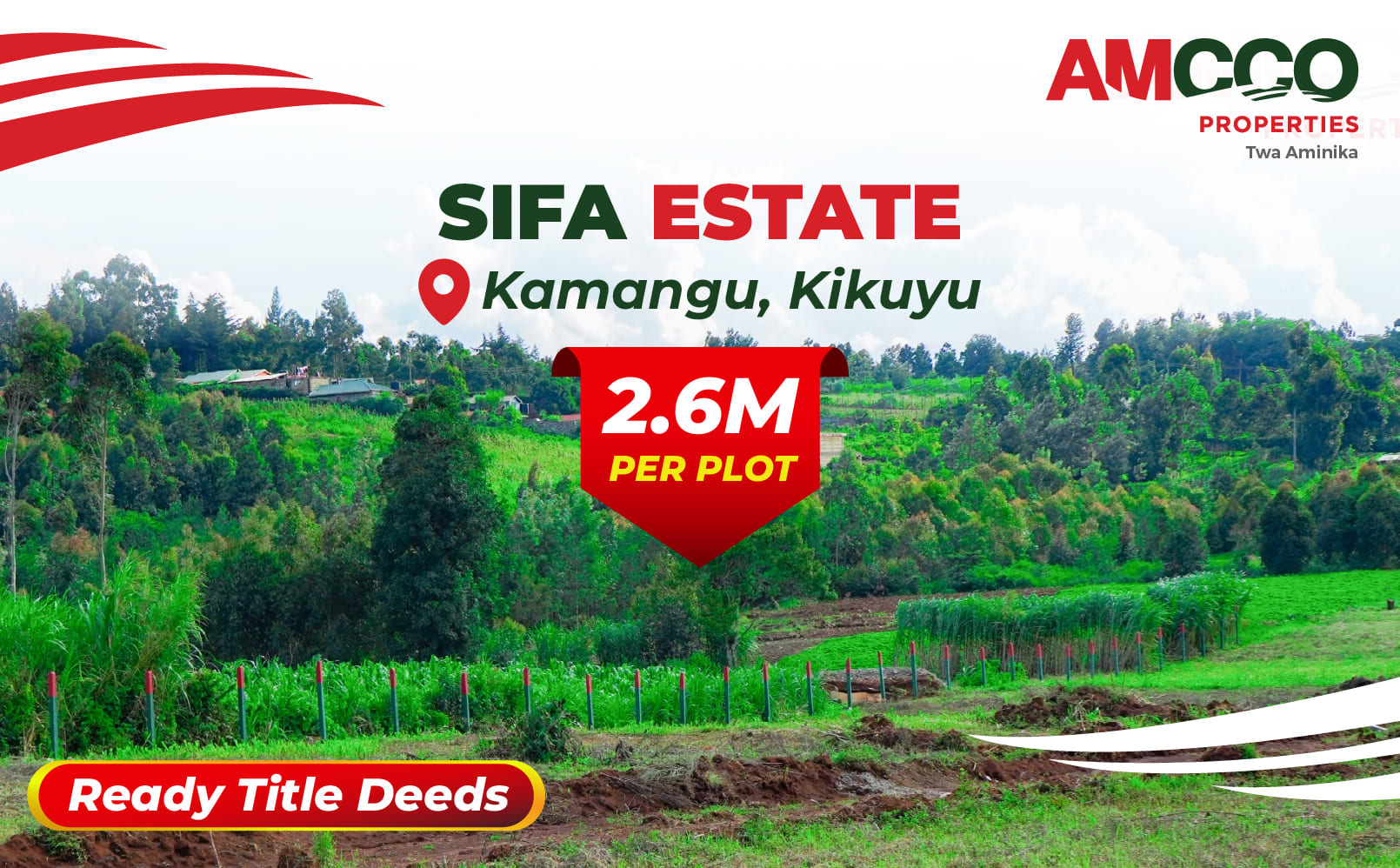5 TYPES OF LAND TAX
Land Tax is generally a tax on the value of land without considering or including other buildings and improvements on it.
It is also known as property tax, and it is paid to the local municipal body of the area you are in.
Lately, taxes have invaded almost every aspect of our daily lives.
Ever since the new government came on board, even the youngest ones who are not subject to paying are affected in one way or another.
Below are the types of land taxes that are normally paid by citizens who own land or property:
Real Property Tax
This is a tax charged based on the value of the property that one has (tangible personal property) as an individual or an organization.They are calculated and collected by the local government where the property is located.
The local governing body then uses the assessed taxes to fund water and sewer improvements and provide law enforcement, fire protection, education, road and highway construction, libraries, and other services that benefit the community.
Documentary Transfer Tax
This is a tax imposed on real estate transactions where ownership changes.
It is typically charged as a percentage of the real estate sale price.
This tax is collected when real property changes hands or is sold through public records.
Counties, or municipalities, can assess this tax on real estate transactions within their jurisdictions.
Although transfers of property between spouses and family members are normally exempt from this kind of tax, only the state gets to decide whether the tax will be paid by the buyer or the seller.
The tax paid is considered a buyer’s benefit because it increases the property’s cost basis.
This adjustment can reduce any capital gains taxes after selling the home, if there are any.
Parcel tax
This is the tax levied on owners of parcels, and unlike most real estate taxes, it is not directly based on property value; instead, it is calculated differently than ordinary property taxes.
They are assessed at a rate based on the characteristics of a parcel or unit of property, which is the standard.
The amount owners owe in property tax is determined by multiplying the property tax rate by the current market value of the land in question.
For Instance, a parcel may be taxed based on square footage, by dwelling unit, or by imposing a flat rate on each parcel.
The parcel tax helps provide a stable source of funding for schools and other public services that are not funded by other sources.
Property Transfer Tax
This is a one-time tax, or, in other words, a fee imposed by a state or local jurisdiction upon the transfer of real property from the seller to the buyer.
The tax is usually based on the price or fair market value of the property.
The location of the property is what determines who will be eligible to pay for it.
The tax is calculated as a percentage of the sale price or the appraised value of the property.
The percentage will vary depending on the city’s location or county.
To estimate how much you owe in transfer tax, you simply need to multiply your transfer tax rate by your sale price.
The transfer tax is a charge levied on the transfer of ownership or title to property from one individual or entity to another.
A transfer tax is usually imposed by a state.
The essence of this tax is to complete the sale of property from one owner to another.
Property-related fees
This is another special tax imposed on a parcel or a person.
They are fees charged for specific services or benefits provided to property owners, such as water, sewer, and even garbage collection.
This is a source for municipal bodies that provide important services like cleanliness, water supply, and other civic facilities.
It is deducted from income tax for rental property owners, who can claim expenses such as operating costs and depreciation, among many others.
These fees are beneficial for homeowners as they help maintain the value of the property and provide essential services to the people residing in that area, making their lives conducive and comfortable.
Read: 8 CAUSES OF EARTHQUAKES




